View all Standards for British Columbia (2018)
Describe, interpret, and evaluate how performers and playwrights use dramatic structures, elements, and techniques to create and communicate ideas
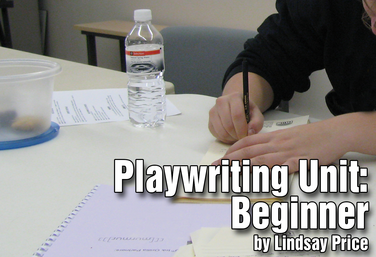
Playwriting Unit: Beginner
by Lindsay Price
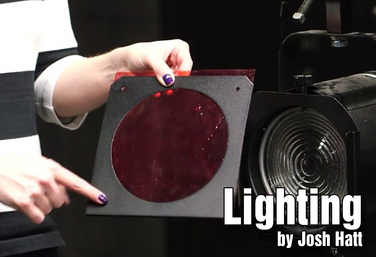
Part of the Technical Theatre Mini Units Curriculum
Lighting
by Josh Hatt
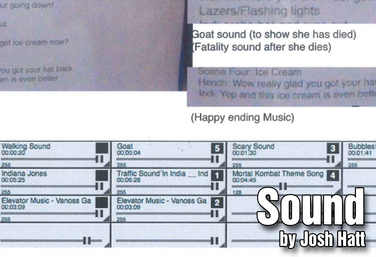
Part of the Technical Theatre Mini Units Curriculum
Sound
by Josh Hatt

Part of the Technical Theatre Mini Units Curriculum
Costuming
by Josh Hatt
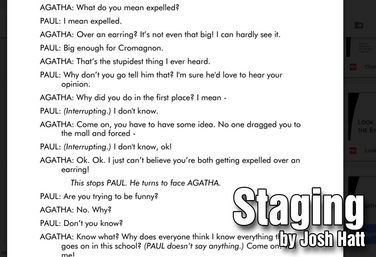
Part of the Technical Theatre Mini Units Curriculum
Staging
by Josh Hatt

Part of the Technical Theatre Mini Units Curriculum
Free Play Makeup
by Josh Hatt
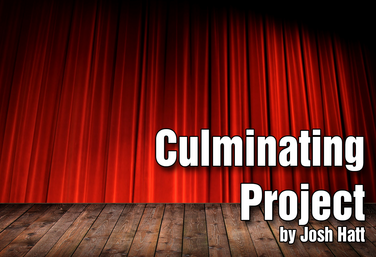
Part of the Technical Theatre Mini Units Curriculum
Culminating Project
by Josh Hatt
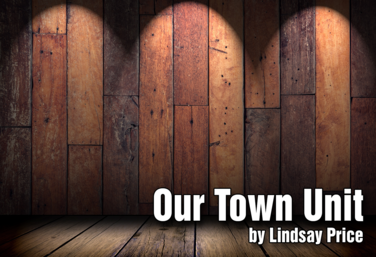
Our Town Unit
by Lindsay Price
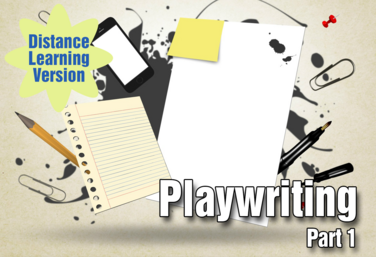
Part of the Distance Learning Curriculum
Playwriting: Part 1
by Lindsay Price
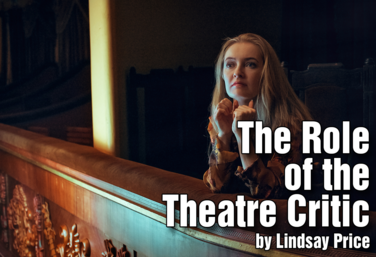
The Role of the Theatre Critic
by Lindsay Price
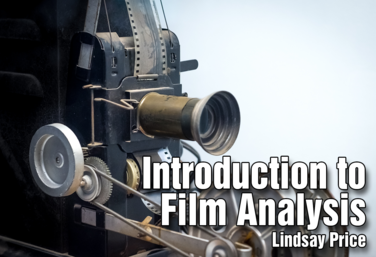
Introduction to Film Analysis: Mise en scène
by Lindsay Price
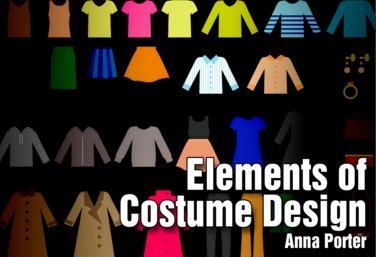
Elements of Costume Design *Hyperdoc
by Anna Porter

Shakespeare Performance
by Anna Porter

Unlocking Shakespeare's Text
by Anna Porter
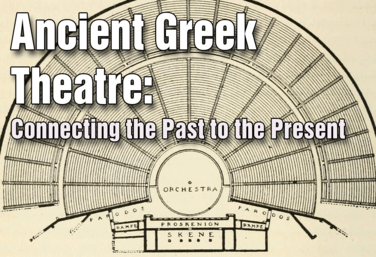
Ancient Greek Theatre
by Lindsay Price
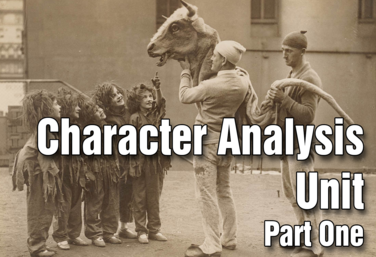
Part of the Drama Two Curriculum
Character Analysis - Part 1
by Matt Webster
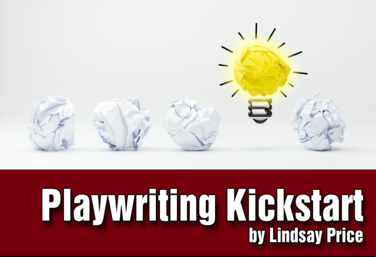
Playwriting Kickstart: Multi platform
by Lindsay Price
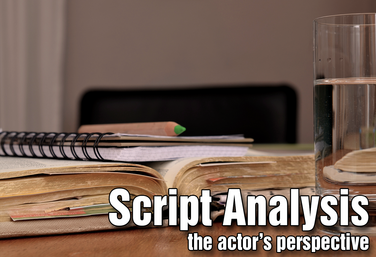
Part of the Drama One Curriculum
Script Analysis: The Actor's Perspective
by Karen Loftus
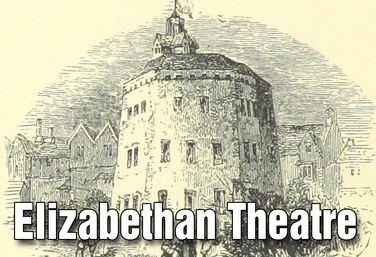
Part of the Drama One Curriculum
Elizabethan Theatre
by Karen Loftus

Part of the Stagecraft Without a Theatre Curriculum
Culminating Project
by Karen Loftus
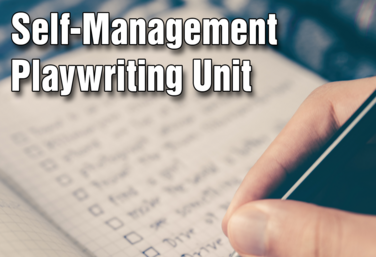
Self-Management Playwriting
by Lindsay Price

Spoken Word Poetry
by Quincy Young
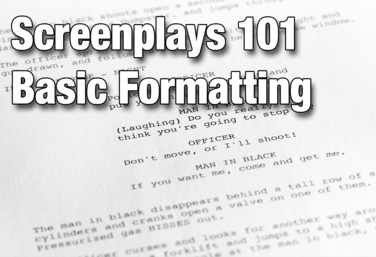
Screenplays 101: Basic Formatting Unit
by Nicholas Pappas
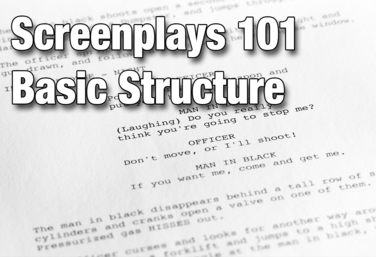
Screenplays 101: Basic Structure Unit
by Nicholas Pappas
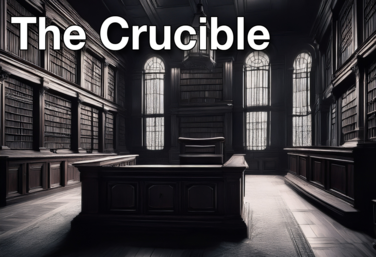
The Crucible Unit
by Lindsay Price

Friendly Shakespeare
by Todd Espeland
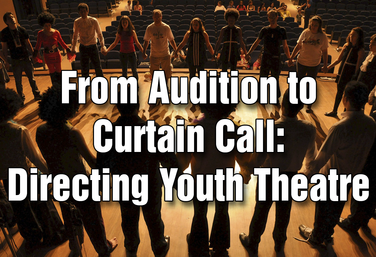
From Audition to Curtain Call: Directing Youth Theatre
by Steven Stack

Laban: Advanced Characterization
by Todd Espeland
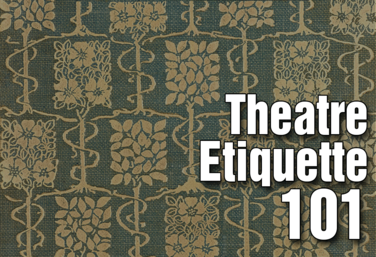
Theatre Etiquette 101
by Kerry Hishon

Basic Lighting for Drama Teachers
by Claire Broome
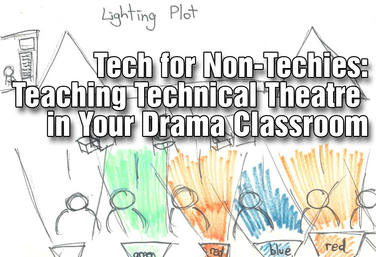
Tech for Non-Techies: Teaching Technical Theatre in Your Drama Classroom
by Josh Hatt
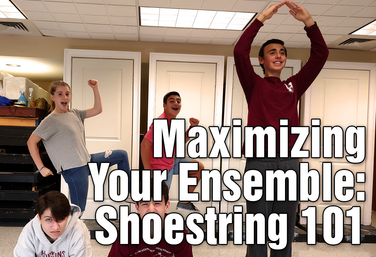
Maximizing Your Ensemble: Shoestring 101
by Michael Calderone
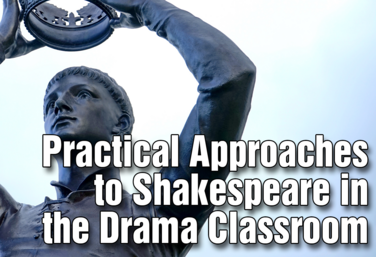
Practical Approaches to Shakespeare in the Drama Classroom
by Julie Hartley

Director's Toolbox 1: Teaching Students to Direct
by James Van Leishout
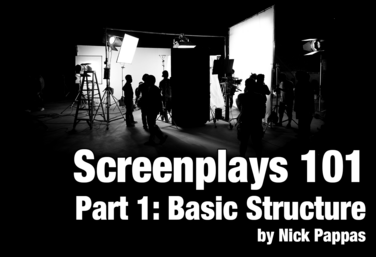
Screenplays 101 - Part 1: Basic Structure
by Nicholas Pappas
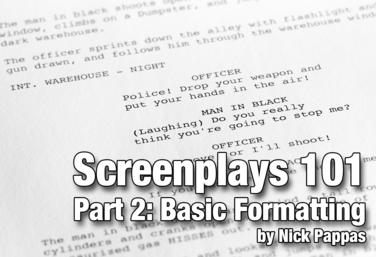
Screenplays 101 - Part 2: Basic Formatting
by Nicholas Pappas
View all Standards for British Columbia (2018) Standards Master List